Hidden in a glade on the outskirts of Białowieża Forest stands a piece of local heritage: a charming abandoned manor whose history is deeply intertwined with the region’s dramatic 20th century. Here follows its story.
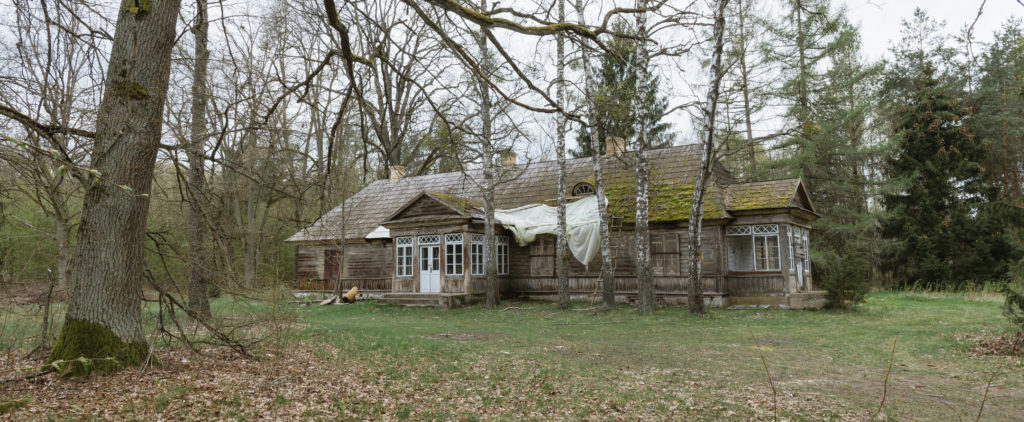
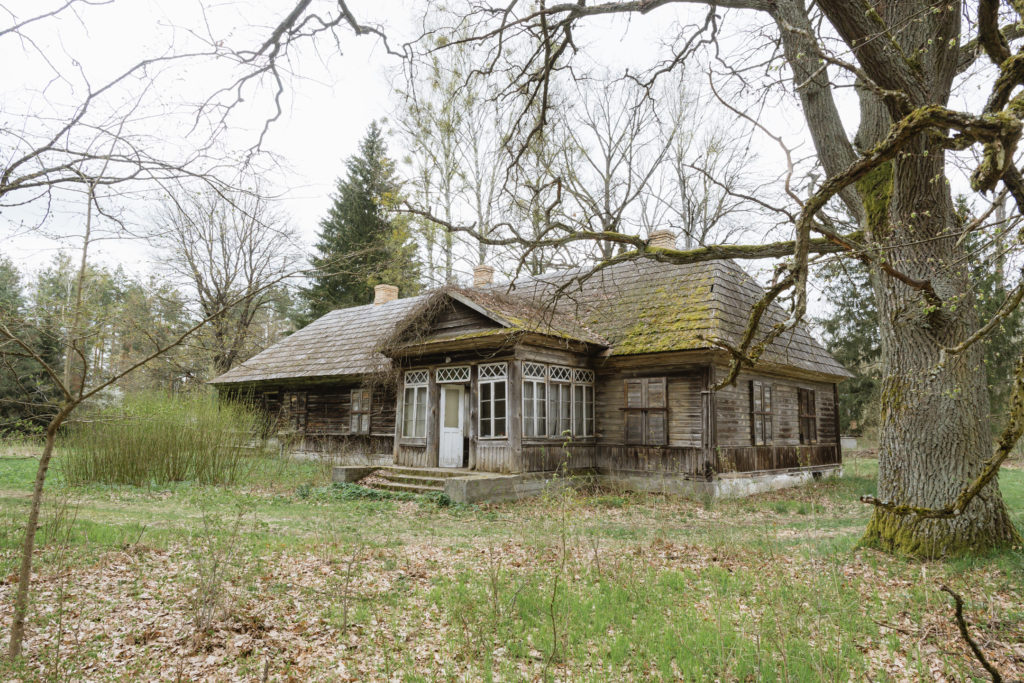
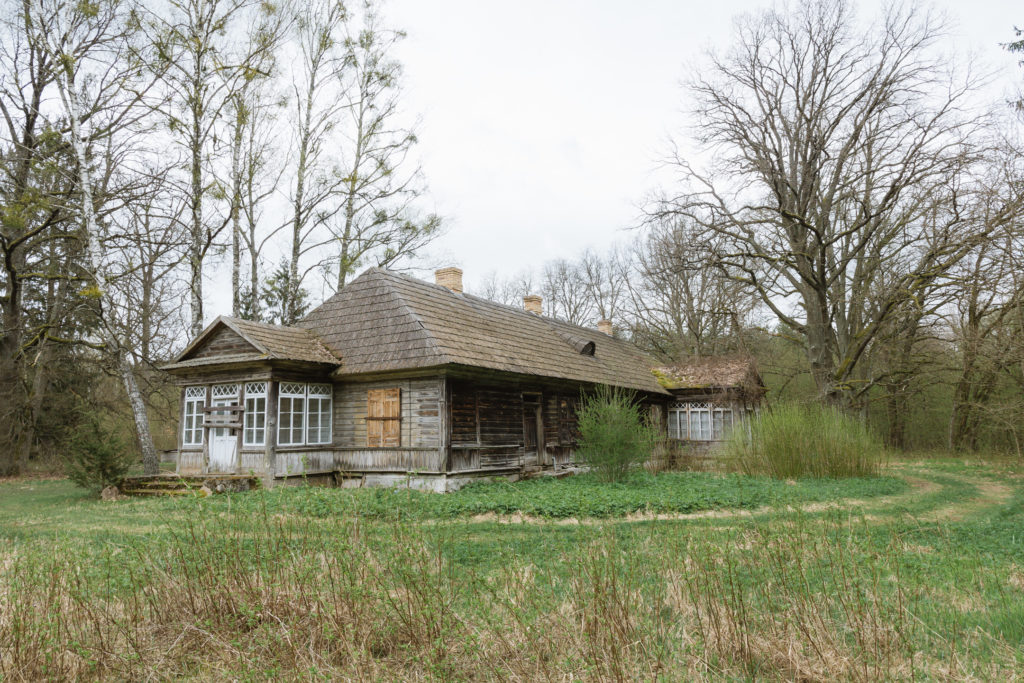
The manor’s origins
The historical landscape in which the manor lies befits the tale. Here a Polish-Belarusian civilisation lives amongst thick woodlands in villages encircled by small farms. The local houses appear unchanged for centuries, with well-preserved wooden architecture and cobbled streets having resisted the onslaught of modernity. A few miles before you reach the manor, as if to affirm your journey back in time, the tarmac ends and a sandy track begins.
Jodłówka manor was built in Russian Poland in 1901 by a local aristocrat, one Samuel Bernard Wołyńcewicz. He built it in the local style, with its only extravagance, at least to my untrained eye, being its three porches. As the family primarily resided 50 km to the east in Liniewicze, it was to be the family’s summer house. Only Samuel’s mother lived here full-time in the years before WW1.
During the great war, fearing the encroaching German army, Samuel and his wife Antonina escaped to Rostov-on-Don. The Czarist government deliberately chased out 2-3 million of its own citizens as part of its scorched-earth policy; the aim was to leave nothing behind for the Germans invaders. This little-known event, where a third of evacuees died, became known as ‘Bieżenstwo’, which is Russian for escapee or refugee.
The interwar period
After the war, as Poland regained its independence Samuel, Antonina and their six children returned to find their main manor burned. Jodłówka became their home.
The interwar period was the manor’s heyday. It gained a park, a fish-pond and sixty beehives, and became the centre of local social life. Each year, on May evenings local women sang to the mother of God, to the accompaniment of the lady of the house playing the piano. As Samuel and Antonina’s children flew the nest, only their daughter Helena remained, becoming a teacher to local school children. Each summer friends and family gathered at the manor to escape the city.
In 1933, as if with premonition, Samuel divided his estate amongst his children. This decision would later prove critical to avoid expropriation by the communists. (the commies would ban people from owning property over a certain size).
WW2 changed life irrevocably. The first invaders, the Soviets, came from the east, and evicted the manor’s occupants. Staying between 1939–1941, they destroyed the orchard, cut down most of the park, and devastated the buildings. They massacred one of Samuel’s sons at Katyn. Next came the Germans from the east, who continued the plundering.
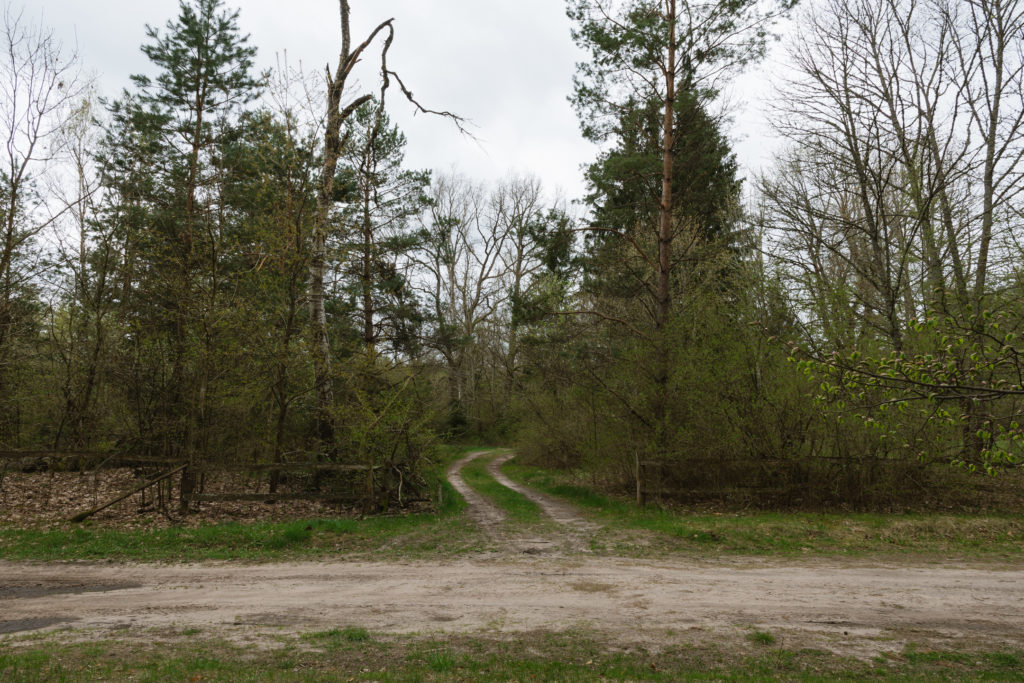
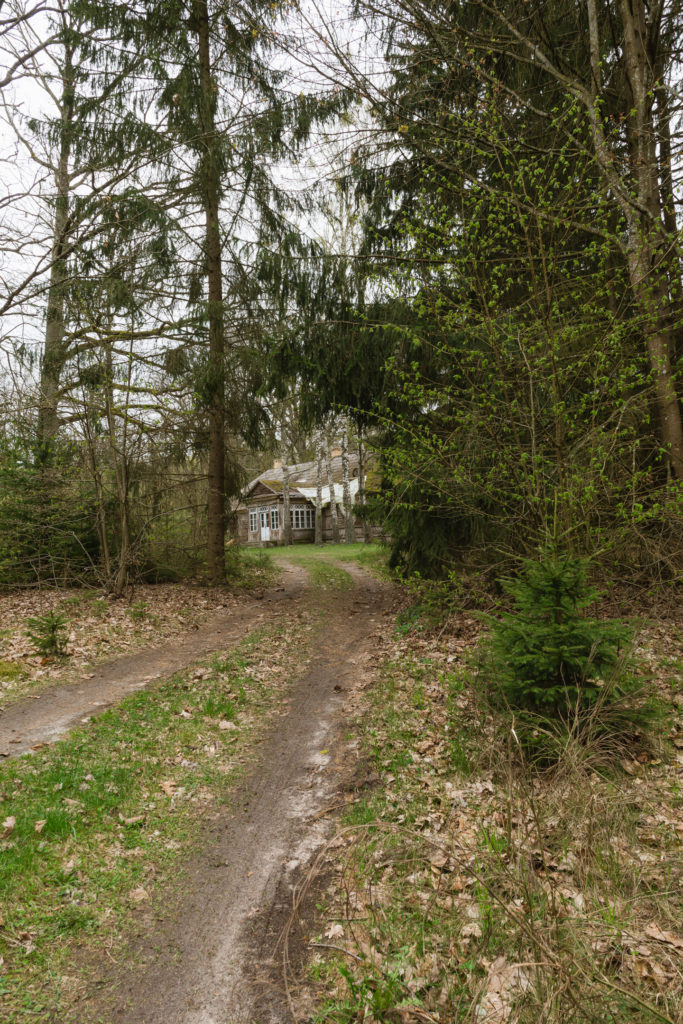
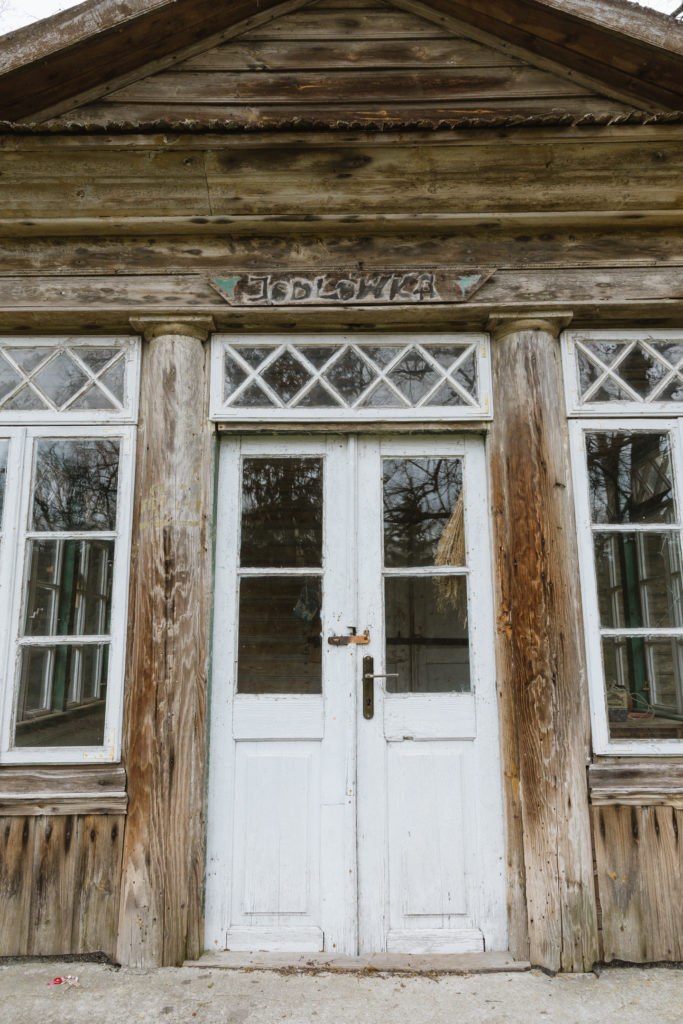
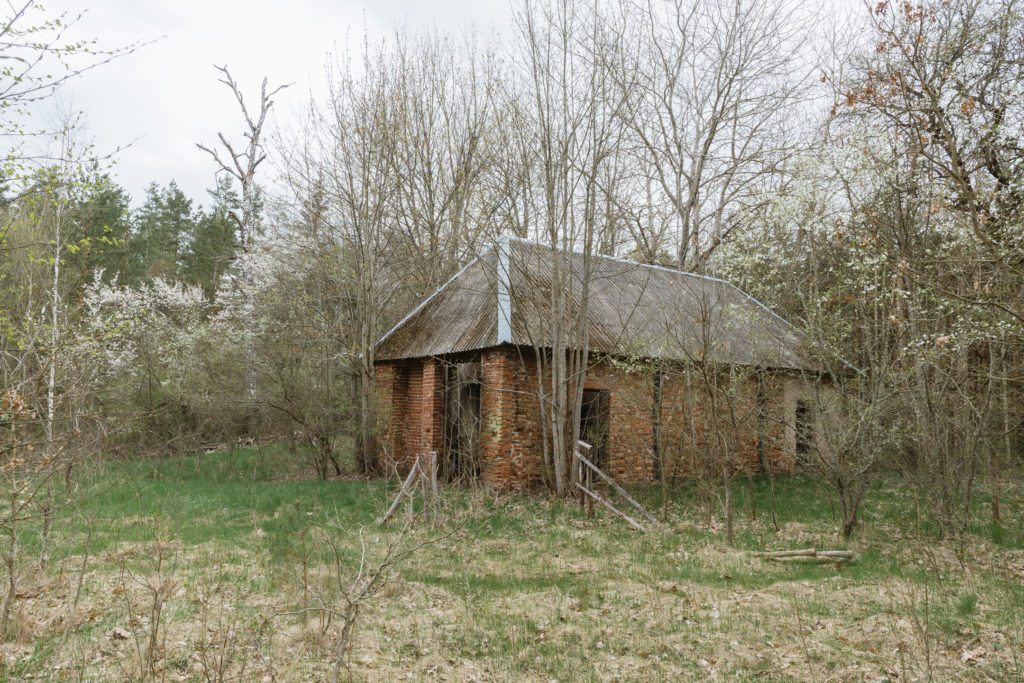
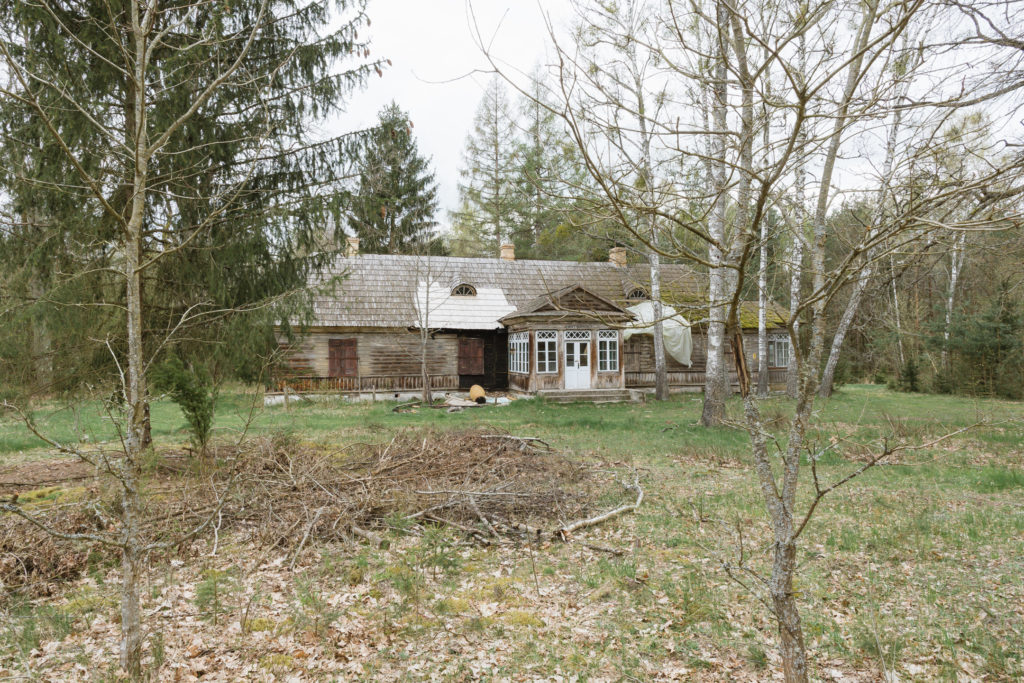
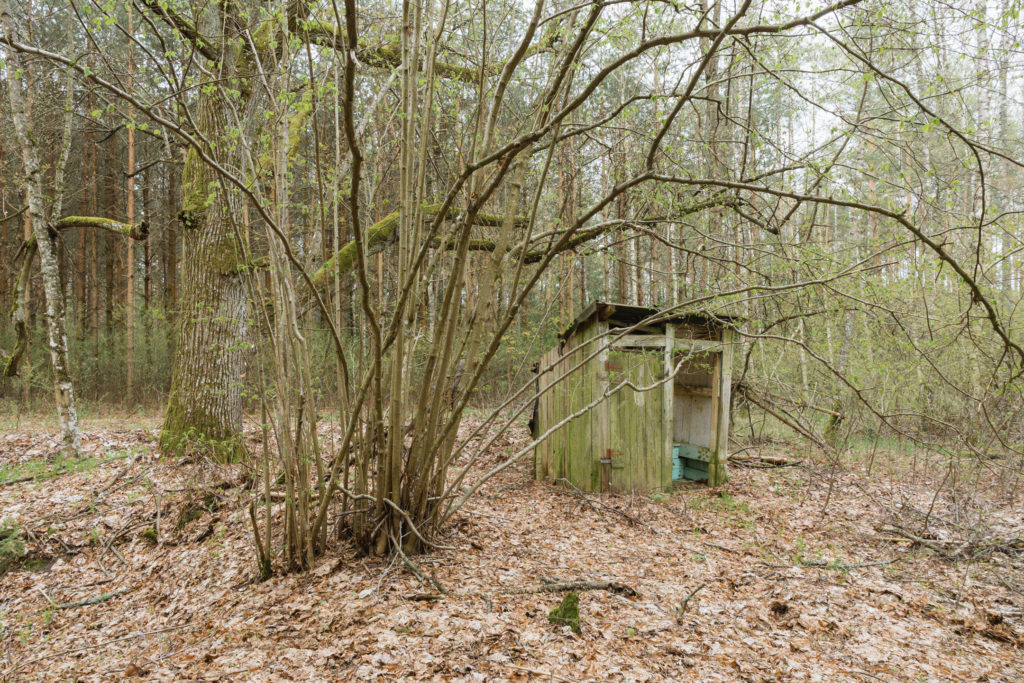
Post WW2
After the war, Soviet-backed communists took over the national government. They expropriated the manor and park as part of their class-war. They gave the main building to the army, who ‘renovated’ it, and the park to the state forest company, which destroyed the remaining ornamental trees. Samuel died in 1948. His children kept their land.
After the army were done with it, the manor served as the local primary school between 1954-1968. The property was then finally returned to Samuel’s grandchildren in a decrepit state. They say his descendants own the property to this day.
In the face of sparse investment, the forest is reclaiming the manor. Its eerie feel left me somewhat reflective. I usually love the sight of abandoned land making space for nature to recover. But this is a place that needs human energy. I hope one day Jodłówka will return to its rightful position at the heart of the local community.
A mile down the road I bumped into four grazing bison. The ancient beasts looked to have been there for millenia. I found that comforting as I pondered the ephemeral nature of human affairs.
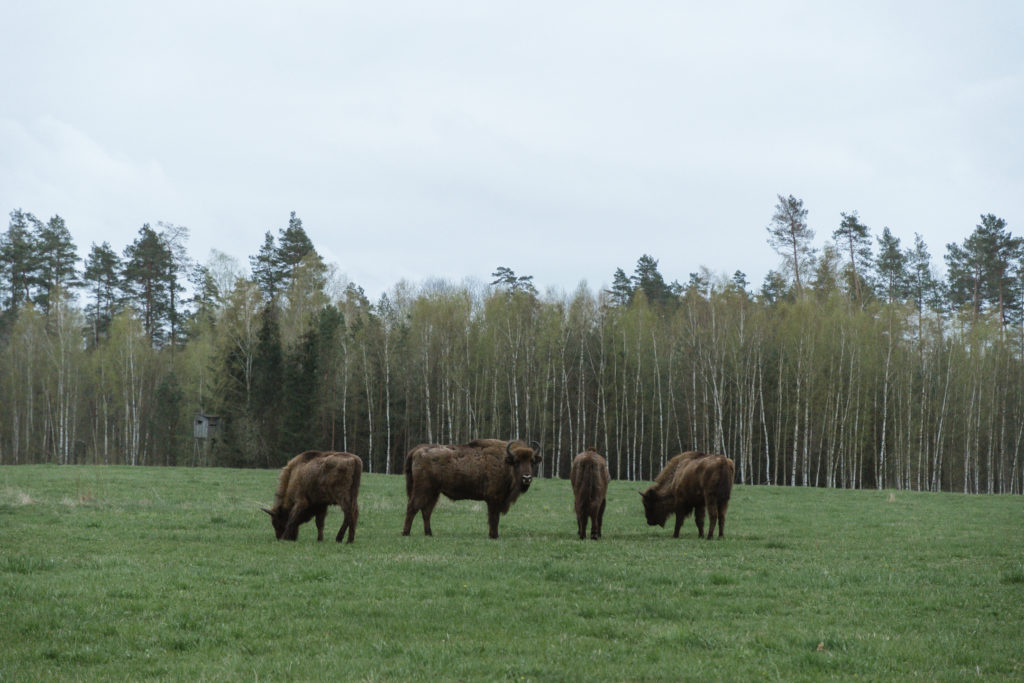


Mogens Trolle
Dear Tom Diserens,
Just wanted to send you big praise for your excellent homepage on Białowieża. I’m a Danish mammalogist from the Natural History Museum of Denmark coming to Białowieża for a week next week to look for mammals, and I have spent hours reading through your blogs and your suggestions for walking routes. It’s rare to find information of such a high quality so it’s much appreciated.
Good luck with your wolf research. I have been involved in the Danish “wolf story” (the wolf has returned to Denmark since 2012 from E Germany and Poland) and in connection with this I have read several studies on the wolves of Białowieża.
PS: It may just be my misunderstanding, but it seems there are some discrepancies in “A brief tourist guide to Białowieża Forest” between the way you have numbered the various trails in the legend of the main map and how you refer to them in the text. E.g., the pink trail inside the strict reserve is numbered #1 on the map but is referred to as trail 5 in the text.
With best regards,
Mogens Trolle
Tom Diserens
Sorry for the late reply. Thanks for the kind remarks Morgens! Glad you found the website useful. It’s wonderful to hear about the return of the wolf to Denmark. Likewise, good luck with your work
Thanks also for pointing out the mistakes. I will fix them soon.
Cortez
Hi, thee whole thing iis going sound herre and offcourse every one iss sharing facts, that’s actualy
good,keep uup writing.
joker388
Unquestionably consider that which you said. Your favourite reason appeared to be at the net
the easiest thing to be aware of. I say to you, I certainly get irked even as folks think about worries that they plainly do not realize
about. You managed to hit the nail upon the top and also outlined out the entire thing with no need
side-effects , people can take a signal. Will likely be back to get more.
Thank you
bola tangkas
What a material of un-ambiguity and preserveness of valuable familiarity on the topic of unpredicted
feelings.
patrick forinton
Too often the Polish underate their wooden buildings. Minsk Mazowiecki is a case in point. So many beautiful wooden structures left to deteriorate. Here in Kuflew, the wooden church burnt down under suspicious circumstances. A new larger church was built of brick. The Organista building next to it, owned by the Church next to it, is left to rot. Why? Not valued. Only the younger generation are now beginning to wake up to the widescale loss of their heritage.
Tom Diserens
Yes, indeed. Spatial management and protection of local architectures is rather poor in Poland. It’s a shame as so many villages have much to protect, with lovely quaint architecture. You wouldn’t build a modernist cuboid block in the Cotswolds, and neither should we be doing it here in Poland. The Białowieża region is one of the few in Poland where traditional village layouts and architecture have survived. But unless the streets are listed by the Konserwator Zabytków, people are allowed to build whatever they want :/